Sprint Planning is one of the ceremonies in SCRUM. This event involves the SCRUM team looking at the top priority user stories in the Product Backlog. And then based on their capacity, they commit to the work that can be delivered by the end of the Sprint.
Video: Sprint Planning
Sprint Planning Process
The process involves, going through the Product Backlog, which includes requirement user stories, bugs, spikes, and any other NFRs. And then the team applies Capacity Planning, Prioritization, and Estimation. Usually, this results in a Sprint Backlog. A Sprint Backlog is the amount of work that the team commits to deliver by the end of the Sprint.
Capacity Planning
Capacity Planning is a part of Sprint Planning where the team calculates their total available hours considering holidays, leaves, meetings, and other ad-hoc events. Like below (But not limited to):
- Utilization
- Leaves & Holidays
- Sprint Days
- Meetings
- Support Capacity
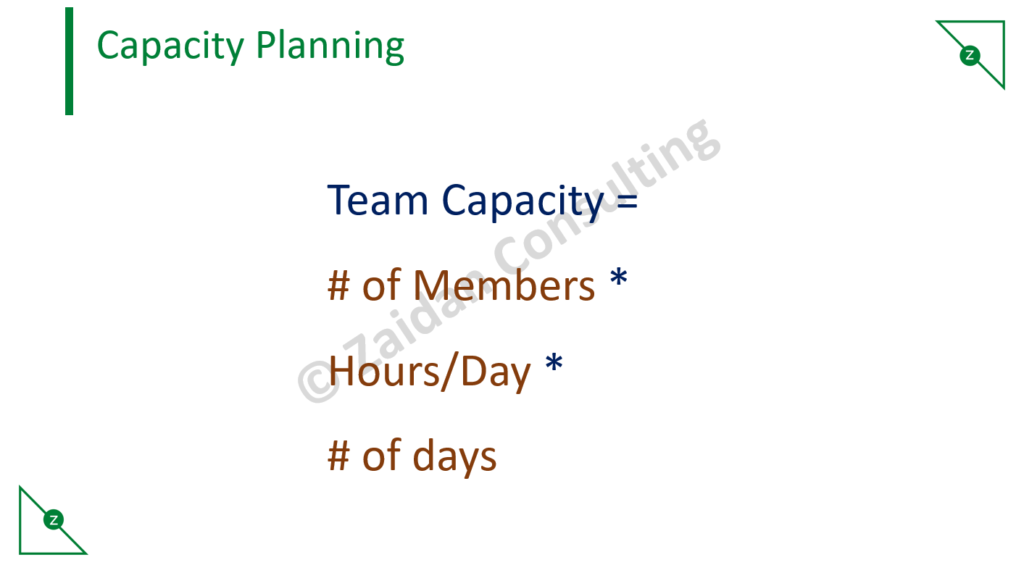

Story Point Estimation
Is a relative estimation technique, used very widely in the Agile world. The units are typically numbers from the Fibonacci series. They are estimated using any technique like Planning Poker. It has the following characteristics:
- Story points rate the relative effort of work in a Fibonacci format
- Estimated based on difficulty of work rather than time needed
- Everyone’s perspective are highlighted
- Planning Poker helps in uninfluenced estimation

For teams who are new, they may start with reference or benchmark estimation. After they are well into 3-4 Sprints and understand the nuances of the Product they are dealing with, they can adopt Planning Poker.
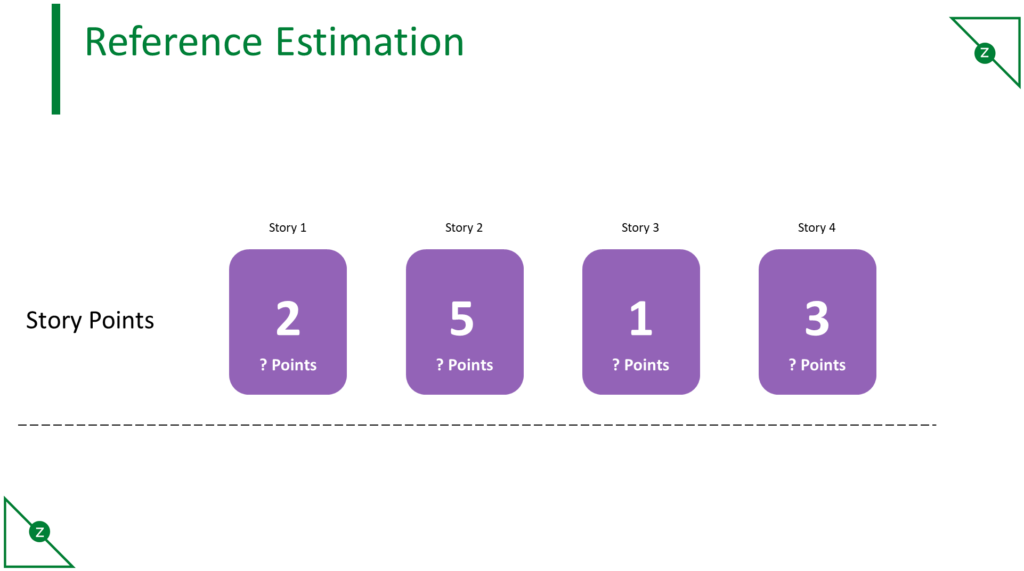
Velocity
- Velocity is the SUM of story points taken in a Sprint
- Average velocity is the average of velocities of last 3-4 Sprints
- This average is used for identifying over/under load in Sprint planning
- Relative from Team to Team
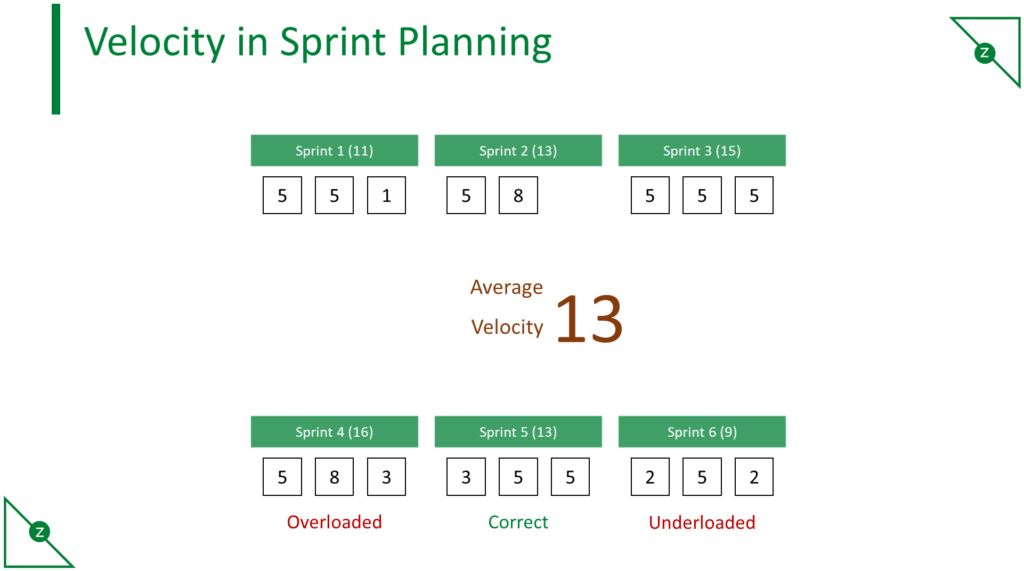
Velocity in Release Planning
The Velocity is quite handy in Release Planning as it helps the SCRUM master forecast the amount of work that can be done in a given Sprint.
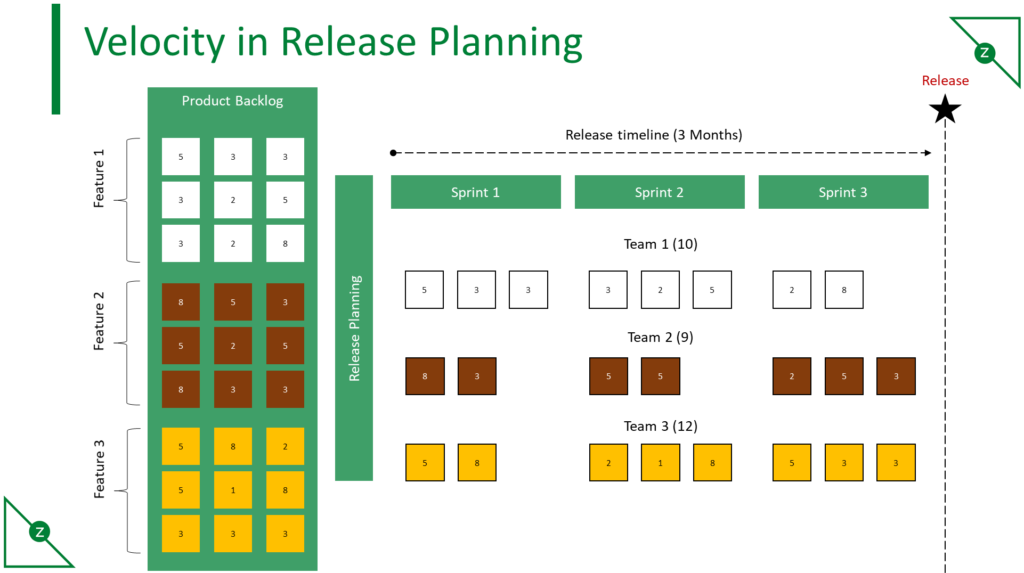
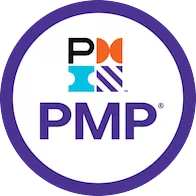
Our PMI® PMP®-Prep Course
If interested in this course, click here
- Case study based training
- LIVE instruction 36 Hours
- Post course guidance
- Exercise per topic
- 4 Mock exams for practice
- WhatsApp group support
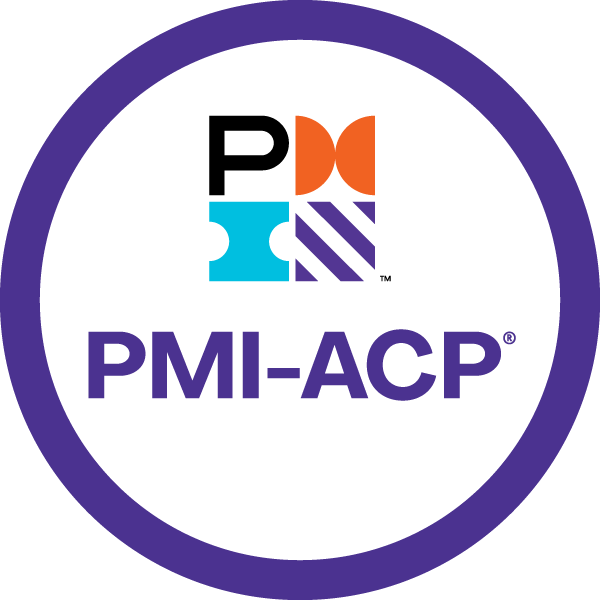
Our PMI® ACP®-Prep Course
If interested in this course, click here
- WhatsApp group support
- 4 Mock exams for practice
- Exercise per topic
- LIVE instruction 20 Hours
- Post course guidance
- Case study based training

JD (Coach/Instructor/Writer)
JD (a.k.a Janakiram) is a Project Management Coach, Trainer Author and Practitioner @Zaidan Consulting. He comes with around 17+ Years of experience primarily from the Software Industry. He is certified on PMI® PMP®, ACP®, Scrum Alliance CSM and Microsoft Certified Solution Developer on C#.NET. He has also authored the book “Practical Agile for Beginners”

About Zaidan Consulting
Zaidan Consulting are specialists in Project and Program Management space. Our training offerings include:
- Project Management Training
- Agile Training
- PMI®-ACP® Prep Training
- PMI®-PMP® Prep Training
- PMI®-CAPM® Prep Training
- ScrumStudy™ Authorized Training Partner (A.T.P)
Or you can contact us @+(91) 7672011471
Or Email us: contact@zaidanconsulting.com
